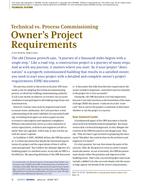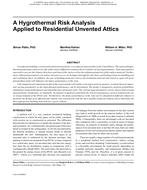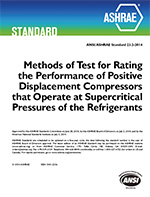Previous extensive thermal comfort studies, a few of which are documented in references (1-6), have attempted to establish steady state (static) conditions required for thermal comfort of lightly clothed young adult subjects under various practical conditions. The results of these tests, as well as others, have been used in establishing ASHRAE Standard 55-66, Conditions for Thermal Comfort. This standard specifies the ranges of temperature, relative humidity and air velocity which should be acceptable for thermal comfort in many practical environments.
Also specified in this standard are acceptable limits on fluctuation and rate of fluctuation of both temperature and relative humidity in the occupied zone. These sections of the standard are based largely on field experience. The purpose of the research documented in this paper was to provide data, obtained under controlled conditions, as a basis for confirming or modifying the existing specifications on fluctuating thermal conditions. To fulfill the objectives of the research undertaken, two series of tests were conducted. The first was designed to study the effect of fluctuating dry bulb temperature on the thermal sensation of sedentary subjects. The second was designed to study the effects of fluctuating relative humidity (wet bulb temperature).
Citation: ASHRAE Transactions, Volume 76, Part 1, San Francisco, CA
Product Details
- Published:
- 1970
- Number of Pages:
- 11
- File Size:
- 1 file , 820 KB
- Product Code(s):
- D-SF-2136


